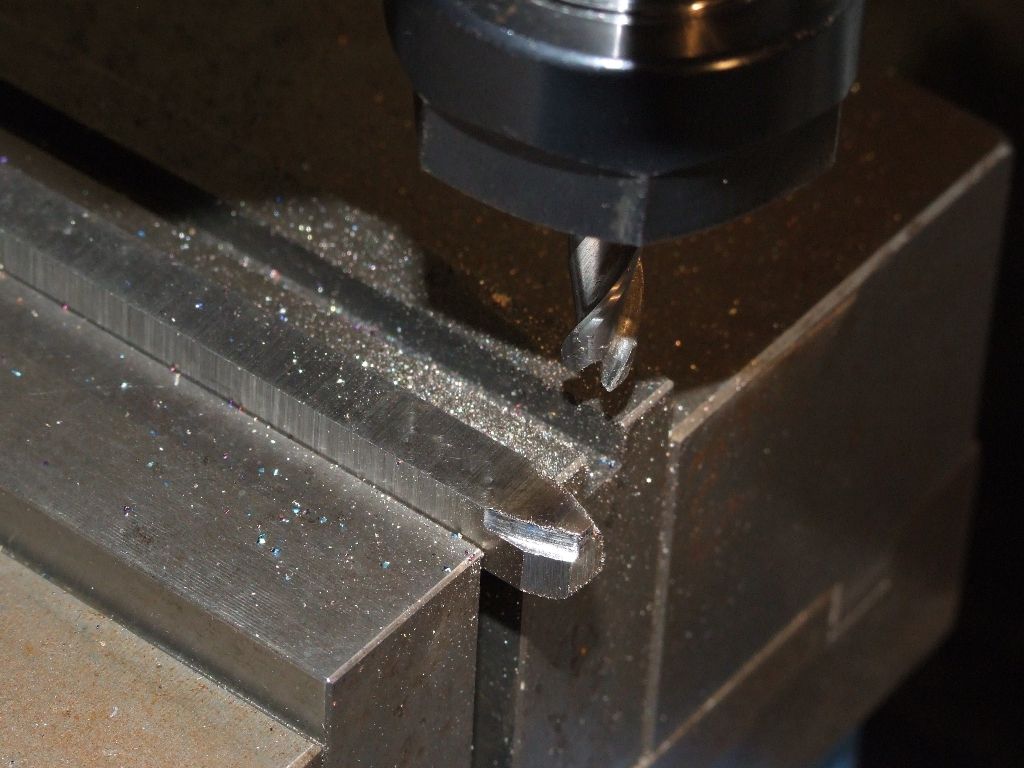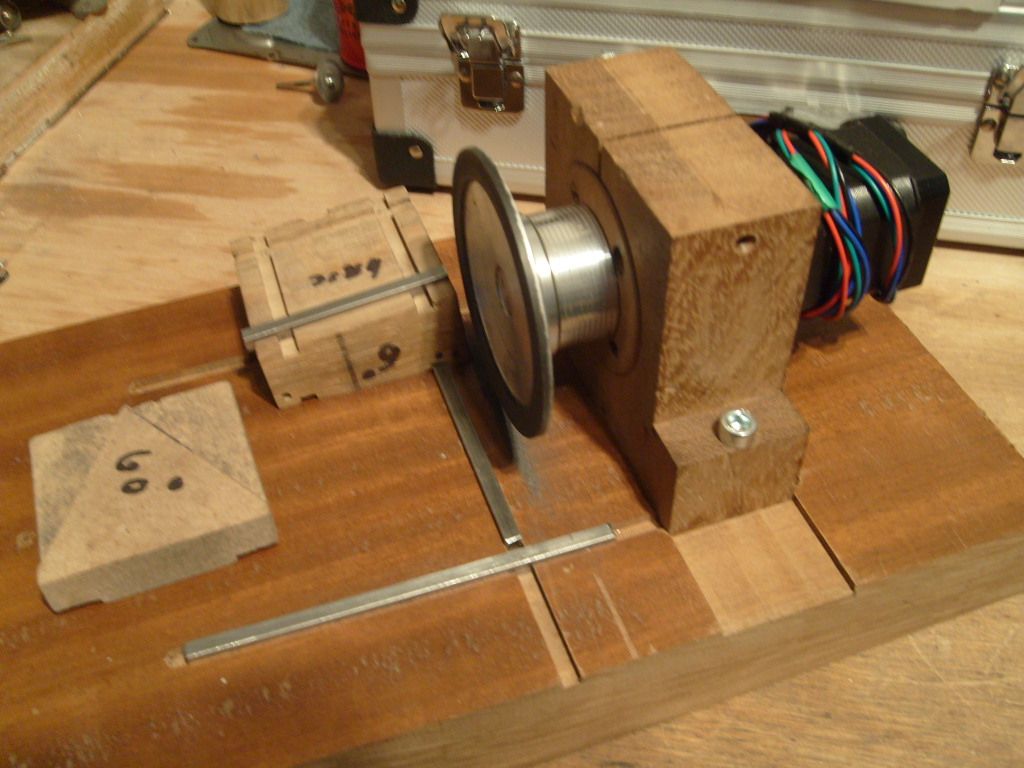HSS 1/4″ sq tool bits – grinding?
HSS 1/4″ sq tool bits – grinding?
- This topic has 11 replies, 10 voices, and was last updated 7 September 2022 at 22:27 by
Huub.
Viewing 12 posts - 1 through 12 (of 12 total)
Viewing 12 posts - 1 through 12 (of 12 total)
- Please log in to reply to this topic. Registering is free and easy using the links on the menu at the top of this page.
Latest Replies
Viewing 25 topics - 1 through 25 (of 25 total)
-
- Topic
- Voices
- Last Post
Viewing 25 topics - 1 through 25 (of 25 total)







